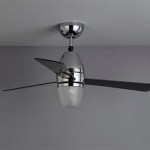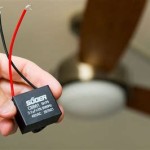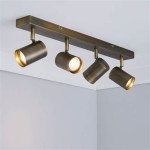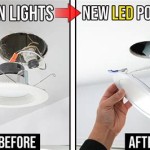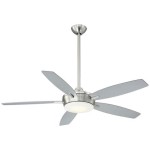Essential Aspects of Fluorescent Ceiling Light Ballast
Fluorescent ceiling light ballasts play a crucial role in the functioning of fluorescent lighting systems. They provide the necessary electrical power and voltage regulation to ignite and sustain the fluorescent lamps, ensuring efficient and reliable illumination. Understanding the essential aspects of fluorescent ceiling light ballasts is vital for selecting and maintaining optimal lighting performance.
Types of Fluorescent Ballast
There are several types of fluorescent ballasts, each with its own characteristics and applications:
- Magnetic Ballast: Traditional and economical option, providing a steady voltage to the fluorescent lamp.
- Electronic Ballast (EB): More efficient and advanced, regulating voltage and current electronically, resulting in energy savings and longer lamp life.
- Dimmable Ballast: Allows for adjustment of light output, enabling mood control and energy optimization.
Functions of a Fluorescent Ballast
The primary functions of a fluorescent ceiling light ballast are:
- Igniting the Lamp: Provides a high voltage surge to start the ionization process within the fluorescent lamp.
- Voltage Regulation: Maintains a stable voltage across the lamp during operation, ensuring consistent light output.
- Current Limiting: Regulates the current flow to prevent damage to the lamp or ballast.
Choosing the Right Ballast
Selecting the appropriate ballast is crucial for optimal lighting performance and energy efficiency. Factors to consider include:
- Lamp Type: The ballast must be compatible with the specific type of fluorescent lamp being used.
- Fixture Type: The ballast must be designed for the type of fixture it will be installed in.
- Efficiency: Electronic ballasts offer higher efficiency, reducing energy consumption and operating costs.
Maintenance and Troubleshooting
Regular maintenance and troubleshooting are essential to ensure long-lasting performance of fluorescent ceiling light ballasts:
- Regular Inspections: Visually inspect ballasts for signs of damage, overheating, or loose connections.
- Temperature Control: Ensure that the ballast is operating within its recommended temperature range.
- Surge Protection: Install surge protectors to safeguard the ballast from power surges.
By adhering to these principles, you can maintain optimal lighting performance, reduce energy consumption, and extend the lifespan of your fluorescent ceiling light ballasts. Proper selection, installation, and maintenance are vital to ensure a reliable and efficient lighting system.

Lithonia Lighting 48 In Wrap Multi Volt 2 Light White Ballast Ceiling Flushmount Lb 32 Mvolt Mvis The Home Depot

22w Circline Fluorescent Lamp Ballast Lampholder Adapter 220v
How To Know If The Ballast In My Ceiling Light Is Bad Or Bulb Quora

Fluorescent 4 Wrap Around Fixture 30yr Electronic Instant Start Ballast 2 Lamp F32t8 F32 30 Yr Ec Mebulbs

Why Does My Fluorescent Light Make A Humming Sound Brubaker Inc

Fluorescent 2 X4 Recessed Prismatic Fixture 20yr Hybrid Program Start Ballast 4 Lamp F32t8 Mebulbs

How To Replace The Ballast In A Fluorescent Lighting Fixture

Luminance Sunset Lighting F9880 64 18 Inches Fluorescent Oval Ceiling Mount Electronic Ballast With Provincial Broe Finish Com

Why Do Fluorescent Lights And Ballasts Fail Shine Retrofits Lighting Blog

Ceiling Fluorescent Light Troubleshooting Replace Ballast Starter Electrician Singapore Condo Phoenix Garden Bit Panjang Recommended Services
Related Posts

